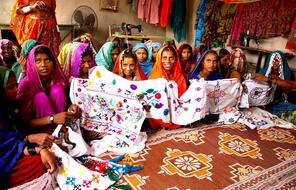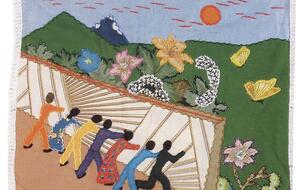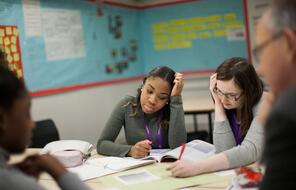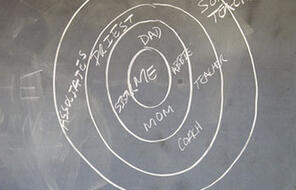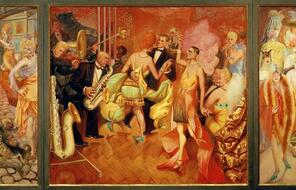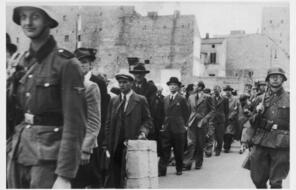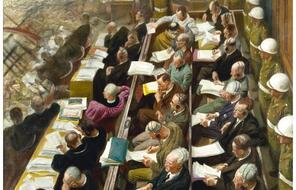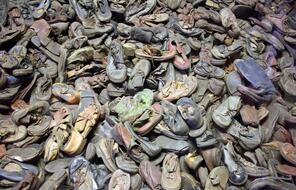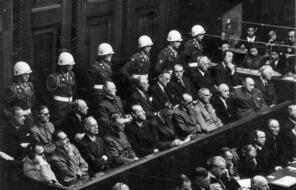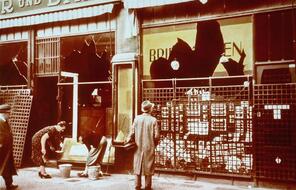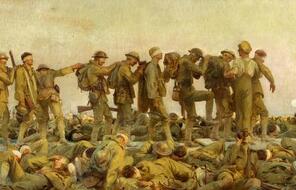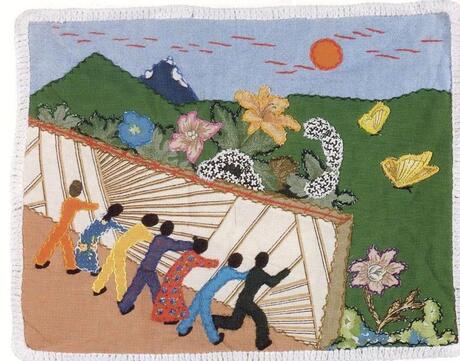
Strategies for Making a Difference
At a Glance
Language
English — USSubject
- Civics & Citizenship
- Social Studies
Grade
6–12Duration
One 50-min class period- The Holocaust
Overview
About This Lesson
This lesson complements the resources in Chapter 12 of Holocaust and Human Behavior by helping students think about the concrete ways in which they can “choose to participate.” Chapter 12 includes examples of a wide variety of ways that individuals have made a difference in their communities, their countries, and beyond. Students will find in the chapter stories of people making positive change by examining and overcoming personal biases, using technology in creative ways, finding their voices in art, and leading campaigns to influence the policies of governments and institutions and the attitudes of entire societies. The hope is that reading a variety of these stories will help to open students’ eyes to the different ways of participating that are being enacted around them and to the tools that others have used to make positive changes in their communities.
This lesson also offers a means of helping students transition from examining the ways that others are making a difference to envisioning the ways that they themselves might contribute to the process of creating more humane, just, and compassionate world. Legal scholar Martha Minow has observed that one of the biggest barriers that individuals face in getting involved is that it is hard to know what actual steps to take: “Often times we see something that's unjust and we wonder, ‘Where do I go? What do I do?’” 1 In an effort to help individuals identify concrete actions to take when they “choose to participate,” Minow developed a “levers of power” framework to map out the organizations, institutions, and technologies that can enable us to strengthen the impact of our voices and our actions. In this lesson, students will learn about these “levers” of power and analyze how some of the individuals featured in Chapter 12’s readings have used them. Students will then have the opportunity to think about which levers are most accessible to them personally and how they might use these to bring about changes they would like to see in their own communities.
- 1Facing History and Ourselves, "Martha Minow: Levers of Power" (video), accessed August 26, 2016.
Lesson Plans
Activities
Materials and Downloads
Unlimited Access to Learning. More Added Every Month.
Facing History & Ourselves is designed for educators who want to help students explore identity, think critically, grow emotionally, act ethically, and participate in civic life. It’s hard work, so we’ve developed some go-to professional learning opportunities to help you along the way.
Exploring ELA Text Selection with Julia Torres
On-Demand

Working for Justice, Equity and Civic Agency in Our Schools: A Conversation with Clint Smith
On-Demand

Centering Student Voices to Build Community and Agency
On-Demand


